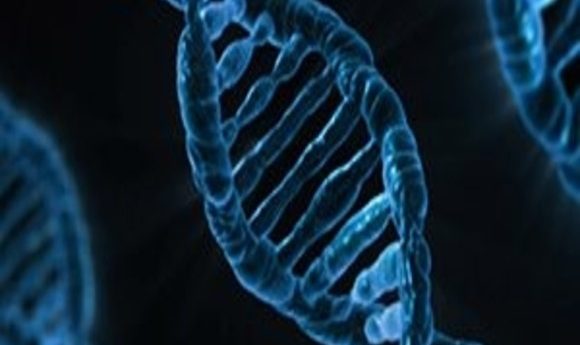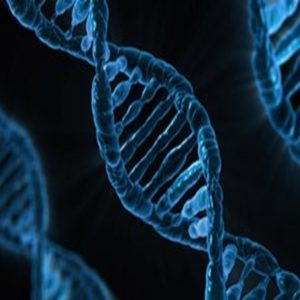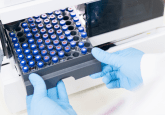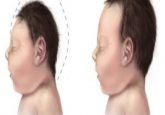Profiling the promoters of genetic diversity

Simultaneously profiling a cell’s transcriptome and epigenome helps understanding of diversion from the genetic code.

All cells in an individual contain an identical genome. What makes them different is not solely the DNA code, but rather the effect of the transcriptome and the epigenome; that being the mRNA and the chromatin-regulated DNA availability. Researchers at the University of Washington (WA, USA) have recently developed a method to allow the concurrent profiling of both the transcriptome and epigenome of thousands of single cells simultaneously.
mRNA is the product of spliced DNA where unnecessary nucleotides have been removed from the code, leaving only those needed for translation to proteins. The transcriptome is the sum of all mRNA molecules in a cell. The epigenome shows the alterations to the DNA strand that have been formed by epigenetic changes altering the chromatin structure. These alterations silence genes by preventing transcription, therefore altering gene expression.
The assay, named single-cell combinational indexing, or sci-CAR, incorporates individual barcodes for the nucleic acid components of the cell. The method used for sorting and labelling allows the researchers to link the mRNA and chromatin accessibility profiles of individual cells.
The researchers first tried their co-assay on more than 4800 lung adenocarcinoma cells in a culture model of cortisol response. In this model, the cells are treated with the corticosteroid dexamethasone. This synthetic steroid can activate the binding of thousands of locations on the genome and change the expression of hundreds of genes. They then examined the time course of dexamethasone’s effects on gene expression, as well as dynamic changes that occurred in chromatin accessibility in the same cells.
In applying the assay to the nuclei of cells from a whole mouse kidney they were able to characterize the profiles of 11,296 cells.
The researchers noted that most assays currently used for determining the genetic processes inside single cells can only survey one aspect of cellular biology. This new method of seeing how processes occur at the same time may help to uncover how genetic mechanisms are related and regulated. It provides an improvement on the previously used bulk analysis, which can be confounded by the differing of cellular subgroups.
It also shows promise in helping the compilation of the human cell atlas and those for other complicated organisms.
In the future, researchers hope to combine additional co-assays to allow the tracing of the flow of genetic information from DNA through to proteins.





